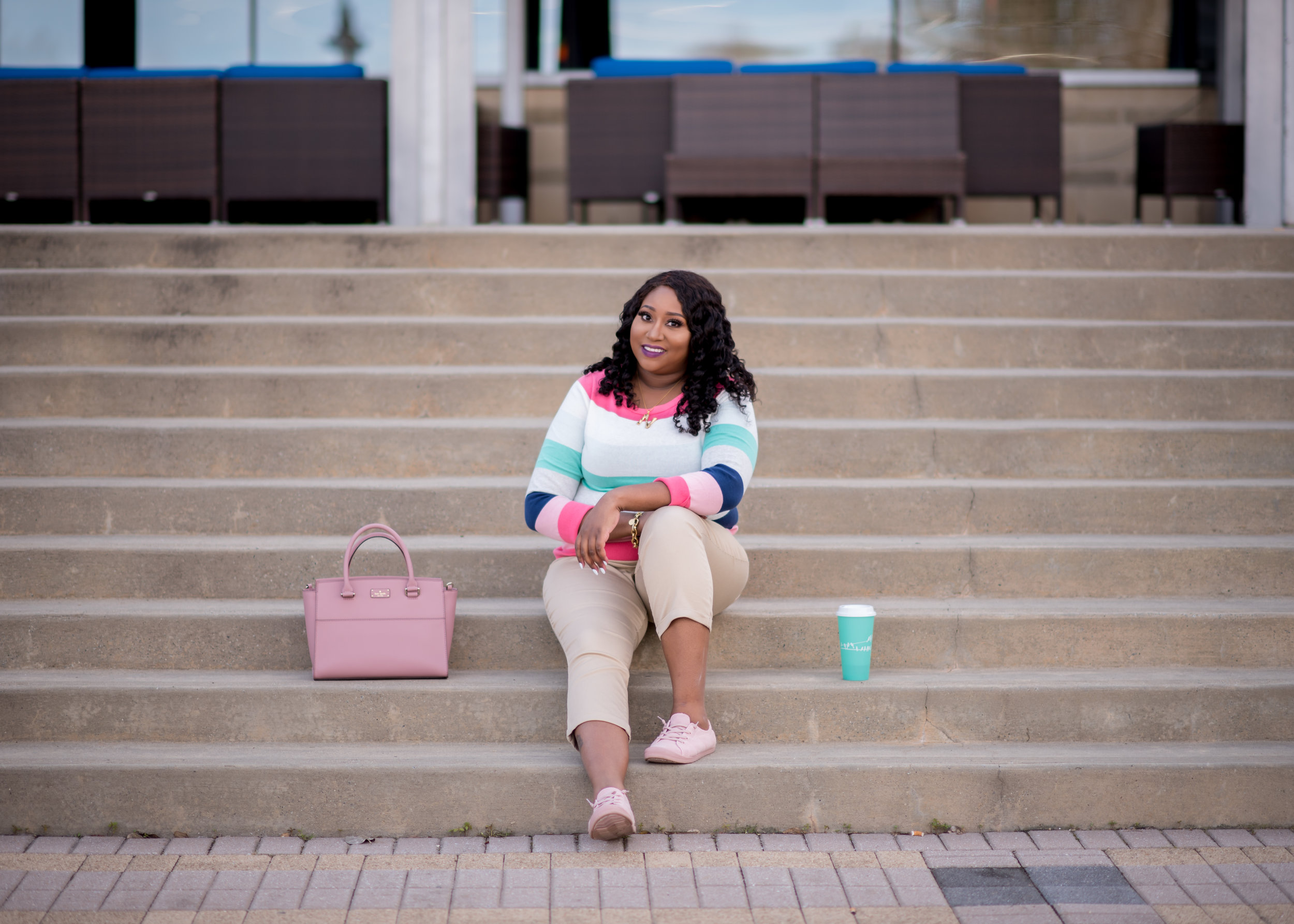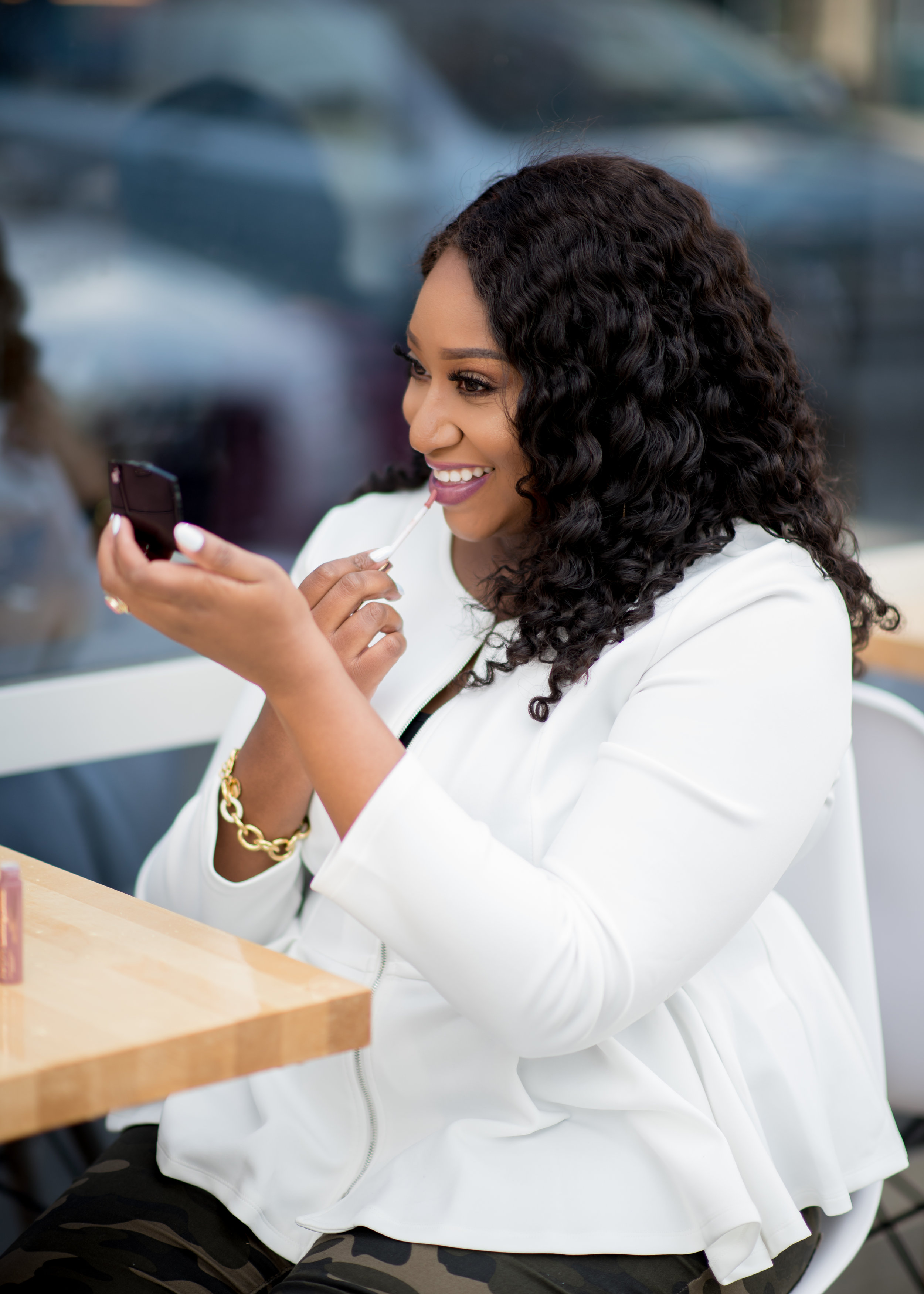Are You Washing Your Face TOO Much?
/There’s nothing like a good skincare routine to kick off and end your days. By the time you hit your thirties, chances are you’ve got a multi-step process that takes upward of 15 minutes. It’s tedious, but it’s worth it--you’ve got a smooth, milky glow.
But what if you struggle with acne breakouts from time to time? You’ve tried dozens of different remedies, both home-based and dermatologist-prescribed, and have still had no luck. Well, did you know that sometimes your sterling skincare routine could be working against you? That’s right; it is such as washing your face too much.
Maybe you’re convinced you don’t belong to this group. Sure, you wash your face frequently, but only as a measure of practicing good hygiene and certainly no more than twice a day. As balanced and diligent as you are in your washing routine, you still suffer from breakouts. Unfortunately, sometimes acne breakouts have nothing to do with our method, but with our genetics. Some people are predisposed to having oilier, dirtier, more bacteria-laden skin. If that’s the case, there’s not much we can do besides encourage you to consult a dermatologist who can help people with acne-prone skin.
You would think it’s impossible to get too much of a good thing, but washing your face too much does have some negative consequences. Even though you remove dirt and oil when you face your face, many facial cleansers often remove too much. Your skin does need some amount of these things to produce the necessary protective barrier. While it’s true that you should wash your face at least once a day (no matter what your skin type is), washing more than twice a day could strip your face of protective oils and bacteria. You can tell you’ve been washing your face too much if it feels tight and dry. Other signs of overwashing are dry, red patches that are sensitive to the touch. Most of the time, the devil is in the product you’re using; it’s simply too harsh for your skin. Switch to a gentler cleanser for several weeks and see if it improves.
But let’s say you haven’t been using any abrasive scrubs or cleansers. Instead, you only use acne medicine when you’re having a breakout. You can still get acne this way as you are not building an excellent daily habit of washing your face, but trying to fix the symptoms of the problem. Establish a good daily routine of washing your face before bed and maintaining a healthy, balanced diet.
Some medicines, like benzoyl peroxide, you can use to spot treat acne. You can purchase benzoyl peroxide cream at my drugstores, and their concentration can range from 2%-10%. However, the stronger the concentration doesn’t necessarily mean the better. Products with high levels of the stuff have been to dry the skin more, but not necessarily be more effective. Many products with lower concentrations balance the benzoyl peroxide with other soothing chemicals that are calming and nourishing of the skin.
However, not all chemical additives produce this effect. Many of them, like fragrances, colors, and dyes, irritate the skin quite a bit. There’s a shocking amount of tinted creams hidden in acne treatments, and many people have reported that it’s made their skin worse overall. Fragrances can dry the skin out more than usual, so they are also wrong for dry, acne-prone skin. If your skin is especially sensitive, you might want to start checking the ingredients on your facial cleanser. Look specifically for all-natural cleansers that have phrases like ‘fragrance-free’ or ‘dye-free’ on the label.
You found a great new cleanser that’s gentle on your skin, you’ve been using it for a couple of weeks, and you’re not getting the fantastic results you envisioned. If that’s the case, we’d like to ask you a question: How long do you leave your cleanser on? We hope it’s at least a couple of minutes! No, the cleanser is not a caustic chemical that’s going to melt your face if you don’t wash it off right away. Some cleansers, especially those that include acne-fighting chemicals like benzoyl peroxide and salicylic acid, need to sit on the skin and soak in a bit to work correctly. Skin experts suggest massaging the cleanser into your skin for a duration of the Alphabet song.
Caring for sensitive, acne-prone skin can be a downer, but don’t let acne care and face cleaning make you sad. For more tips on how to handle chronic breakouts, head over to Averr Aglow to see what they have to say.








